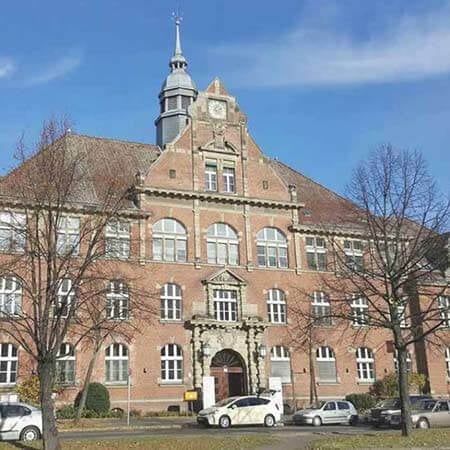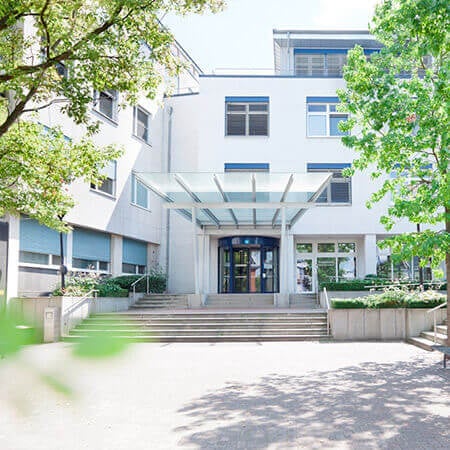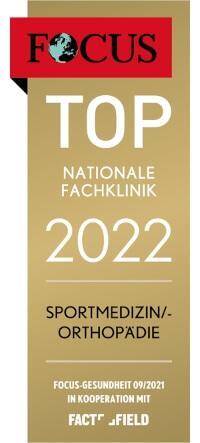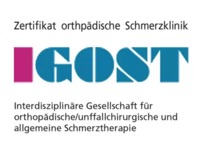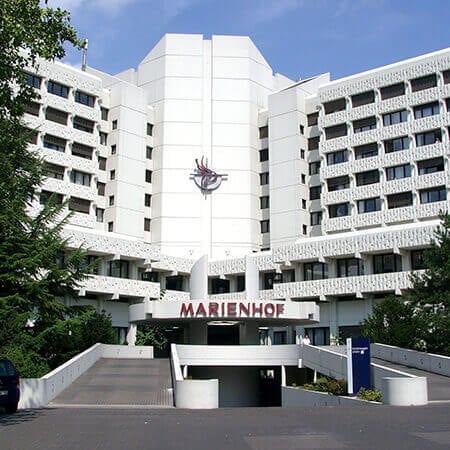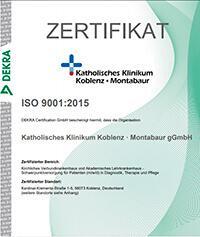There are two ligaments in the human knee: medial and lateral. They prevent excessive deflection of the lower leg inwards and outwards. Severe lateral ligament tears are rare. The main group of patients are people who are involved in sports or heavy physical labor. Many ligament ruptures can be treated with conservative methods. With a complete rupture, doctors perform reconstructive surgery, while torn ligament suturing is a less common option. In Germany, most surgical interventions are performed using a minimally invasive arthroscopic method.
Content
- Conservative Treatment
- Surgical Treatment
- Surgical Approaches for Ligament Suturing and Reconstruction
- Organization of Treatment Abroad
Partial ligament ruptures are often treated with conservative methods, whilst complete ruptures require surgery: doctors usually resort to ligament reconstruction and lateral ligament suturing. Hybrid techniques that combine both approaches are less common.
The best clinics for the treatment of the rupture of lateral ligament of a knee, are Hospital Neuwerk Moenchengladbach, Orthopedic Centre Munich East and Vitos Orthopaedic Clinic Kassel.
You are welcome to leave your request on the Booking Health website and we will take care of the organization of your trip, for treatment in the near future. The specialists of the Booking Health Company will recommend the most suitable clinic and doctor, explain possible treatment options, book airline tickets and a hotel for the patient and his accompanying person, provide medical insurance and provide interpreting services. You will also have a personal medical coordinator for the entire period of treatment.
Conservative Treatment
A grade 1 or 2 rupture of the lateral ligament of the knee can be treated with conservative methods. The ligaments fuse successfully and they remain strong enough so that the risk of injury recurrence is low.
During the acute period of injury, blood can accumulate in the knee. The doctor performs a joint puncture to remove blood and he injects medicines into the knee – usually painkillers and anti-inflammatory drugs. Further treatment includes:
- cooling the joint to relieve pain and swelling;
- nonsteroidal anti-inflammatory drugs to relieve pain;
- functional rest, especially in the first week after injury;
- wearing a brace that limits unwanted knee movement (used for 3 to 6 weeks, depending on the severity of the injury).
Surgical Treatment
With a complete tear of the lateral ligament of the knee, the patient will require surgical treatment.
After the end of the acute period of injury, the patient's condition always improves. Pain and swelling disappear and there is no significant knee dysfunction. Therefore, many people mistakenly believe that they no longer need treatment. However, in reality, the torn ligament compromises the stability of the knee. Over time, cartilage damage occurs and knee arthrosis develops, with a high likelihood of needing joint replacement surgery. Therefore, surgical treatment is required even in cases where a person does not have pain or other symptoms.
Surgical treatment options:
- ligament suturing is used only for fresh distal ruptures, with good tissue quality and only if at least 90% of the ligament length remains;
- reconstruction is the main treatment method used in most patients, this involves the restoration of the ligament with the patient's own tissues, donor, or synthetic materials.
Autoplasty is considered the gold standard for the treatment of the tear of a lateral ligament of the knee. Doctors take a fragment of the semitendinosus muscle and create a new lateral ligament from it. To fix this, the doctor drills two tunnels: in the femur and tibia.
Advantages of autoplasty are as follows:
- the patient's own tissues are not rejected and do not become inflamed;
- the recreated ligament is as strong as possible, so the risk of injury recurrence is the same as the probability of the first injury;
- any load on the knee joint is possible.
However, there is also a drawback: an additional injury in the site of material sampling for autoplasty.
So as not to cause additional injury, doctors can also use a donor tendon or an artificial tendon made of synthetic materials, such as lavsan or nylon. Such operations are preferred in patients who do not have significant physical exertion. Lava Anoplasty is the most common procedure. This technique involves the formation of a new lateral ligament from a lavsan tape with cells. The width of the tape is about 1cm. It is passed through the bone tunnels, the ends are sutured and fixed with sutures to the joint capsule. For better fixation, sutures are additionally applied at the exit from the bone canals.
Ligament suturing is another treatment option that is less commonly used. The technique was widely used in the second half of the 20th century. This operation then lost its position due to the high frequency of unsatisfactory results. A few years ago, the lateral ligament suturing began to gain popularity again due to the presence of more advanced equipment and improved surgical techniques. With the careful selection of patients, the effectiveness of the treatment method exceeds 90%. This operation is less traumatic, since the doctor does not need to drill bone tunnels.
The ligament can be sutured in only 1 in 10 patients. In addition, 1 in 5 injured patients may use a hybrid technique which involves a combination of both suturing and reconstruction.
Surgical Approaches for Ligament Suturing and Reconstruction
To perform either operation, both ligament suturing and its reconstruction, doctors can use the following 2 types of surgical approach:
- arthrotomy is a surgical intervention through a large incision (opening the joint cavity);
- arthroscopy is an operation without opening the joint cavity, through skin punctures and under the guidance of a mini video camera.
In Germany, the arthroscopic method is one of the most common options. After the minimally invasive operation, the patient spends less time in the hospital, suffers less from complications and rehabilitation is easier and faster. The aesthetic result is also improved, as there are no large scars on the knee.
Organization of Treatment Abroad
With the Booking Health company, you can easily undergo diagnostics of the rupture of the lateral ligament of the knee and treatment of a torn lateral ligament of the knee in Germany. On the Booking Health website you will find information about the cost of the different types of therapy and you can compare the prices for operations in specialized clinics in Germany. The qualified doctors of the company will select the most suitable clinic for your case and fully organize your trip to Germany, at the best price. When choosing the Booking Health Company, you can fully focus on restoring your health.
Authors:
The article was edited by medical experts, board certified doctors Dr. Vadim Zhiliuk and Dr. Sergey Pashchenko. For the treatment of the conditions referred to in the article, you must consult a doctor; the information in the article is not intended for self-medication!
Sources:
Articles for Orthopaedic Practice - Orthogate
Sience Direct
